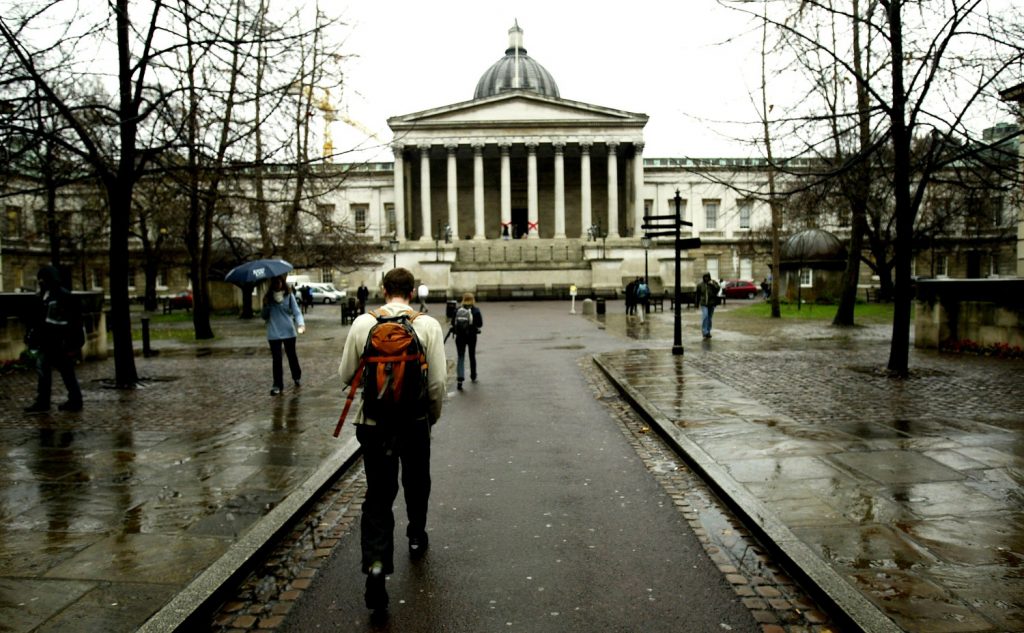Most online college applications require a fee. The average is about $41. But for some medical schools and law school, fees can be much higher. These costs go toward dealing with what universities say are the associated time and technology necessary for dealing with hundreds of thousands of applications. But what happens if you get rejected? Well, the school still keeps your money—and they’re making bucketloads off you.
If you’ll remember, Harvard University recently dropped the LSAT as a requirement for admission into the law school. This is good news for people who don’t test well, but it will also mean a huge influx of money for the university.
It’s likely that more people will be encouraged to apply to Harvard without the added stress and expenditure of the LSAT. And at $75 per application, that could be a massive revenue bump. According to a study conducted by UCEazy, a company that helps first-generation immigrants with the college process, Harvard already grosses about $3 million a year in rejected application fees.
And it’s not just Ivy League schools who are raking in the dough over college rejections. Penn State University charges $50 per application, and makes hundreds of thousands of dollars every year, thanks to its 53,472 undergrads.
UCEazy compiled its research based on 600 public and private universities all over the U.S. and used data from U.S. News and World Report. According to the report, universities in America are making more than $200 million every year from these rejected college applications. And most of the rejects are from students who were unqualified or underprepared to apply to college in the first place.
UCEazy shared its data with USA Today College, and the results are stunning. Below are the top five universities that collect on rejected college application fees. There’s no explanation as to why they’re all in California.
1. University of California-Los Angeles: $5,369,840
2. University of California-Berkeley: $4,681,320
3. Stanford University: $3,632,130
4. University of California-San Diego: $3,608,290
5. University of Southern California: $3,419,440
That’s well over $20 million, just in the state of California alone!
And what the study shows, says UCEazy founder Vinnie Gupta, is that many high schoolers are spending exorbitant resources to apply to schools where they don’t have a great shot of actually getting accepted.
“Through our interactions with thousands of students, we realized that most students do not have the skills or information to make informed decisions about which colleges to apply to,” Gupta told USA Today College. “Further, they don’t understand the process well enough to be competitive. This problem is amplified for students from first-generation immigrant families because of the inability of parents to provide much help.”
While you can get your application fee waived, you must be income eligible. And for middle-class families who aren’t technically poor but certainly aren’t rich, that income eligibility might be out of reach.
There are also a number of universities who simply don’t charge an application fee. Drexel University in Pennsylvania waived college application fees a few years ago, and saw 20,000 more applicants as a result. The school was able to offset costs for the waived fees by enrolling just a handful more students who would pay full-priced tuition.
If you and your child are beginning the college application process and have never thought about application fees before, you’re not alone. But you can also make some smart decisions before you get into the swing of things to make sure that boundaries (and expectations) are set.
Don’t get sucked in by big-name universities that your child might not get into given their skill set or test scores—just because they’re in the Big Ten doesn’t mean you’ll get a better education. Be reasonable about what colleges you can actually visit. If you can’t afford to fly back and forth to school every year for break, you might want to think about staying in-state, or within driving distance.
And don’t feel the need to apply to a laundry list of schools (which can, obviously, add up quickly). Max out at five or six, and choose the ones that really fit your family’s needs. College applications, and college itself, are exciting. Don’t let financial stress hold you back… and don’t give too many colleges the chance to collect on your rejected application.









